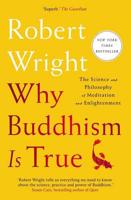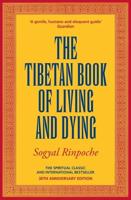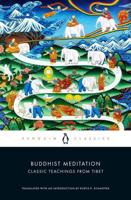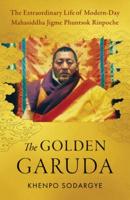Publisher's Synopsis
Segment one's chapter one provides a simplistic comparison of the religions, which points out more than the issue of "combining three religions in one," and also explores the take of universe life by various religions; in terms of how the Buddhism integrates with other religions, it largely attributes to how the Mahayana Buddhism many subjects of metaphysics, while the creator of these subjects all point to the originator of Eight Scholarly Schools of Mahayana- Master Long Shu, which prompts me to describe and critic the subject in two chapters, an external issue between the Buddhism and other religions; as to inherent issues within the Buddhism, it resets of the fulfillment approach, meaning that there are issues on the levels of doctrine studies, and thanks to the modern academic studies, it is generally recognized that "The Buddhist agamas" is the holy grails that the Buddhism originates from, and Master Yinshun has played a key role bridging its evolvement, as he has noticed the levels of Buddhism studies, where the tradition refers to of the "Precept, Meditation and Wisdom" is not exactly the same as the "Wisdom, Precept and Meditation" by the Noble Eightfold Path, and it is not until the Master Sui Fo's " broaching from "Shelifo Abhidharma's" "Ten Knots" (or the "Samyutta-Nikaya's "Five Higher-level Knots," it is found that the doctrine of ignorance is to be revamped to a final disruption, and which in turn alters the entire levels of doctrinal studies with significant breakthrough contribution, but unfortunately he has not gotten it right in one shot, to reverse the correct levels of doctrinal studies, but to inadvertently present several erroneous viewpoints in sideline, which I have made critic in a dedicated article; as the tradition is beguiled not only by "study of wisdom" and also "study of meditation," for which I have sorted out "The Levels of Study of the Middle Way," an across-board narration of the Thirty Seven Factors of Enlightenment, through which to reserve the twelve steps in the doctrinal study levels of "Wisdom, Precept and Meditation," or simply put, the Thirty Seven Factors of Enlightenment are discussing one matter, rather than a glossary construction from varied systems; in addition, I have also reexamine and interpret the Shakya's twelve conditioned causes, and the correlations between the twelve conditioned causes and the four noble truths. Segment two [The Heart of Zen and Guan by the Buddhist Agamas] serves to interpret the Agamas Zen and Guan's conceptual methodology (the original classic text is derived from the "Fuguangcang"), and "The Sa?yukt?gama (volumes 1 18) (volume 15's post-Zen thinking and Zen meditation have been intertwined); the extra segment excerpts my past few articles, which are combined to form this compilation of "The Evolvement and Interpretation of the Buddha Dharma."










